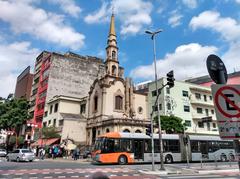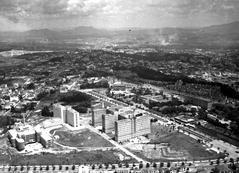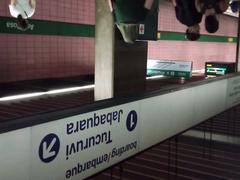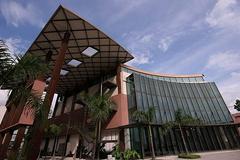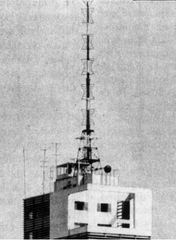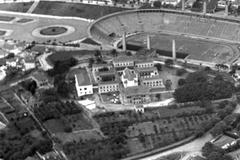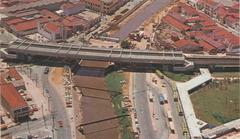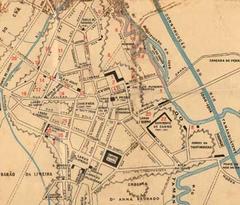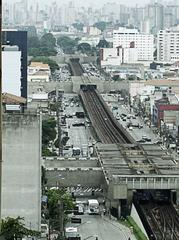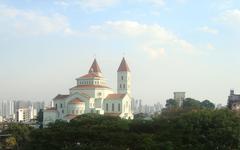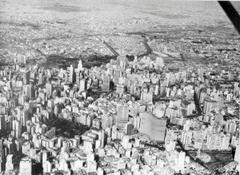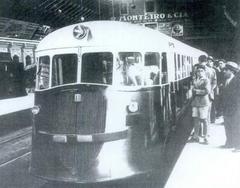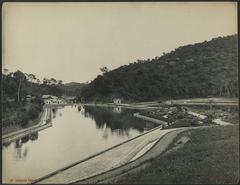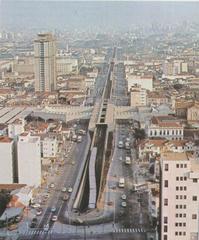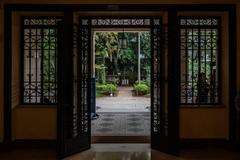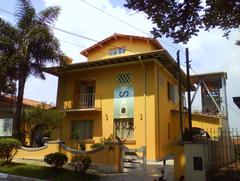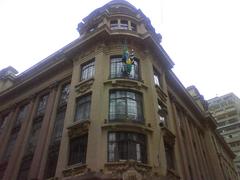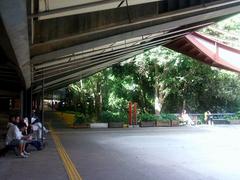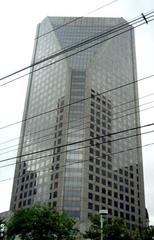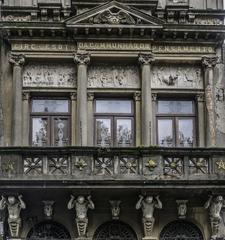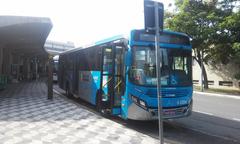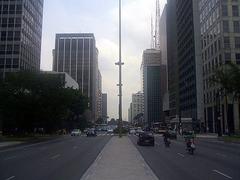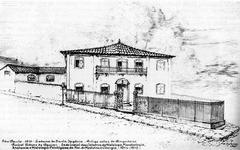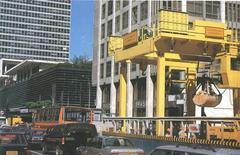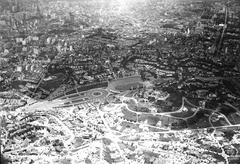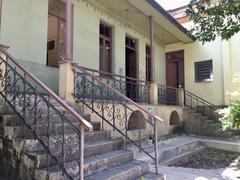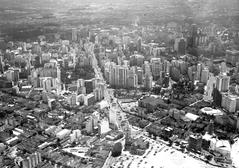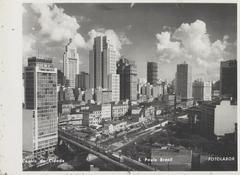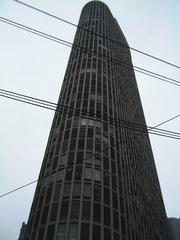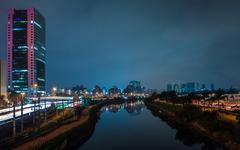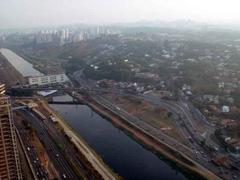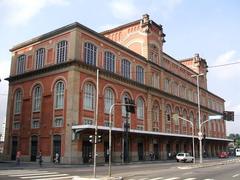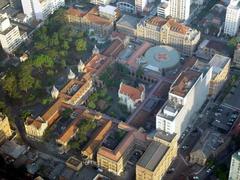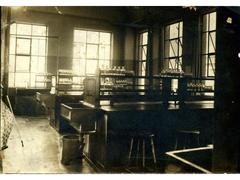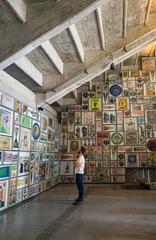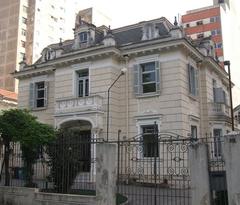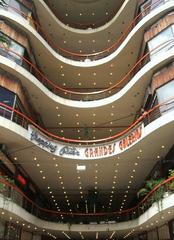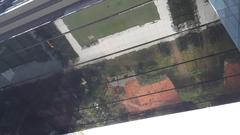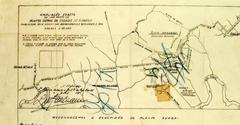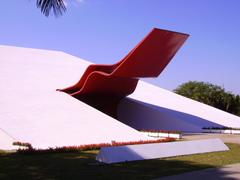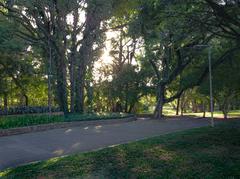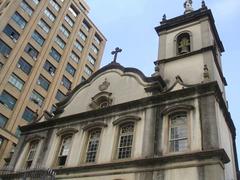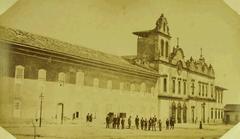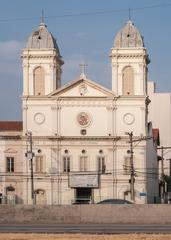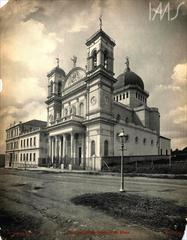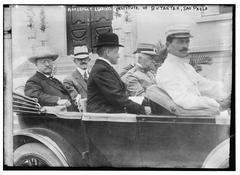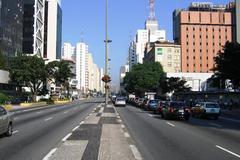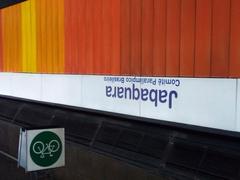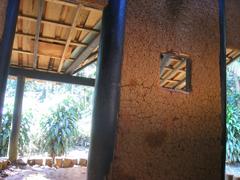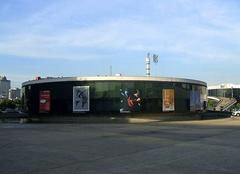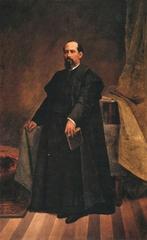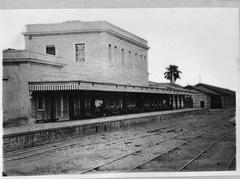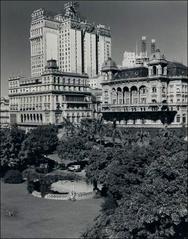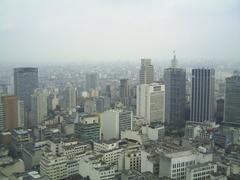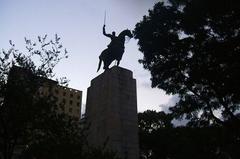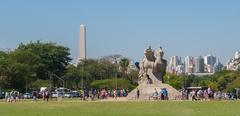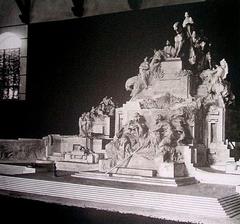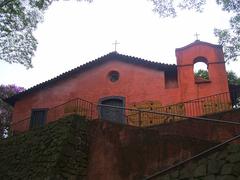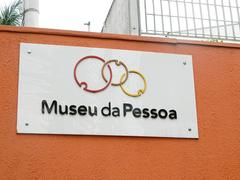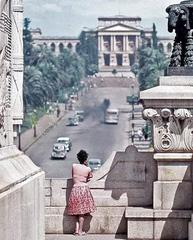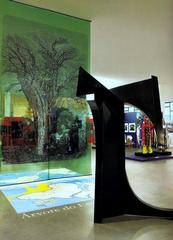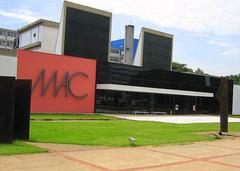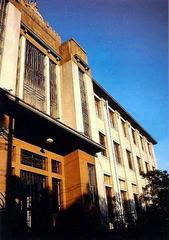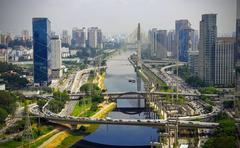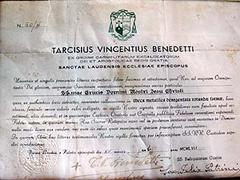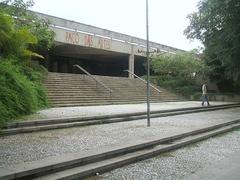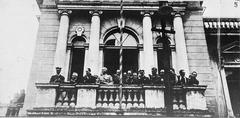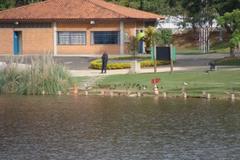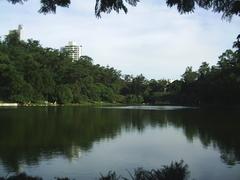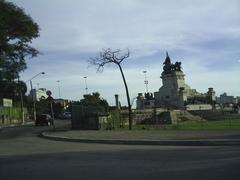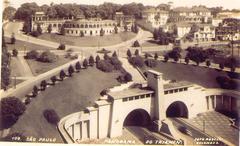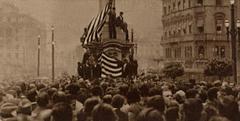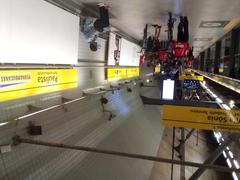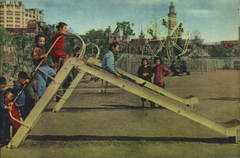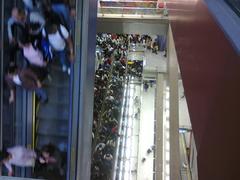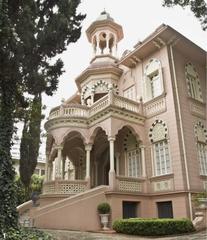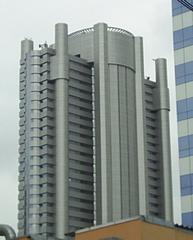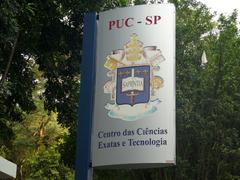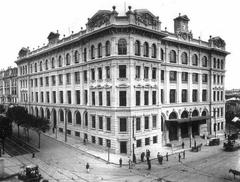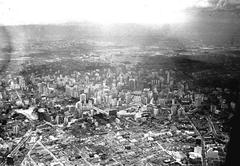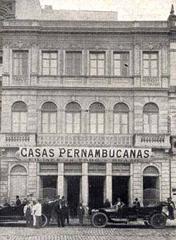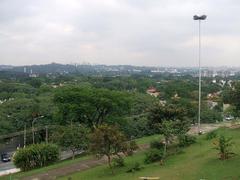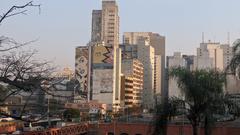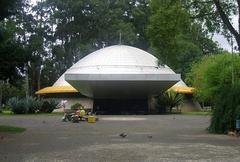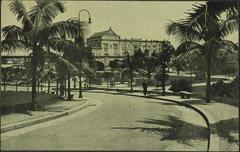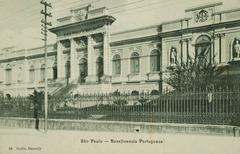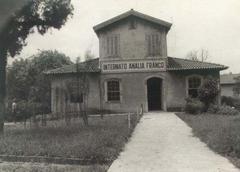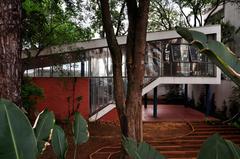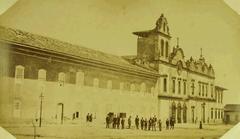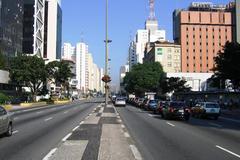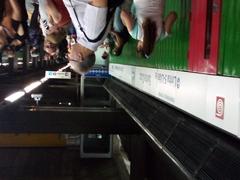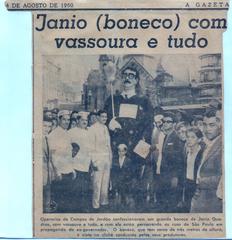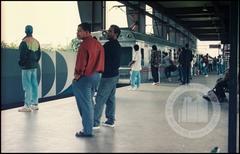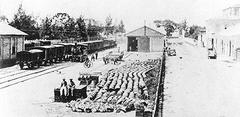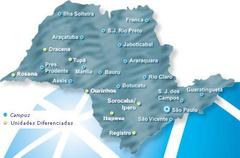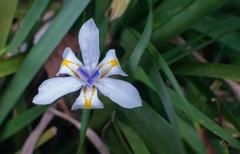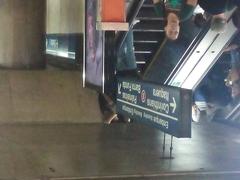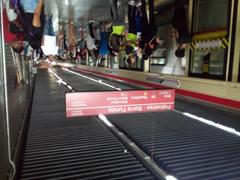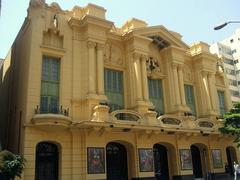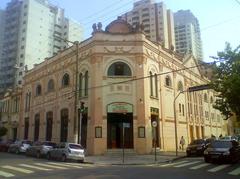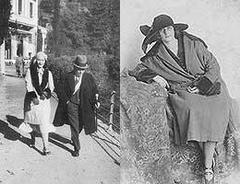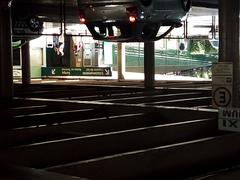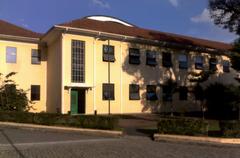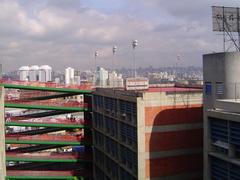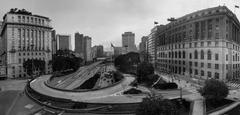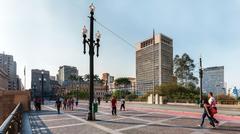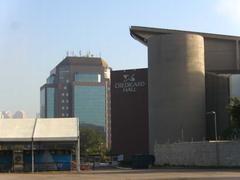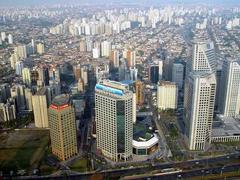
Complete Guide to Visiting Bairro da Liberdade in São Paulo
Publication Date: 18/07/2024
Introduction
Bairro da Liberdade, often simply known as Liberdade, is a vibrant neighborhood in São Paulo that serves as a cultural epicenter for the Japanese community in Brazil. This unique area has become an essential destination for both locals and tourists seeking to experience a slice of Japan in the heart of South America’s largest city. The neighborhood’s history is deeply intertwined with the waves of Japanese immigration that began in the early 20th century. Japanese immigrants, seeking new opportunities, initially found work in agriculture before moving into urban areas like Liberdade. Over time, Liberdade transformed into a cultural hub with thriving Japanese-owned businesses, temples, and social institutions (Exploring Liberdade, Honpa Hongwanji, Museum of Japanese Immigration).
Liberdade today stands as a fascinating blend of Japanese tradition and Brazilian vibrancy. It has also embraced influences from other Asian cultures, particularly Chinese and Korean, making it a melting pot of diverse cultural experiences. The neighborhood offers a wide range of attractions, from traditional temples and street markets to contemporary cultural centers and museums. Visitors can explore the rich history of Japanese immigration, savor authentic Japanese cuisine, and participate in cultural festivals that highlight the unique fusion of Japanese and Brazilian heritage.
This guide provides a comprehensive overview of Liberdade, covering its history, cultural significance, visitor information, travel tips, nearby attractions, and special events. Whether you’re a history buff, a foodie, or simply looking to immerse yourself in a vibrant cultural scene, Liberdade has something to offer for everyone.
Contents Overview
- Introduction
- Exploring Liberdade - History, Cultural Significance, and Visitor Information
- Early Immigration and the Birth of a Neighborhood
- A Cultural Hub Takes Shape
- Post-War Growth and Evolution
- Liberdade Today - A Fusion of Cultures
- Visitor Information
- Visiting Hours
- Ticket Prices
- Accessibility
- Travel Tips
- Best Time to Visit
- Public Transport
- Local Cuisine
- Nearby Attractions
- Museum of Japanese Immigration
- Sé Cathedral
- Paulista Avenue
- Special Events and Tours
- Essential Visitor Tips and Recommendations
- Getting Around Liberdade
- Best Time to Visit
- Food and Drink
- Shopping
- Language
- Safety
- Cultural Etiquette
- Accommodation
- Additional Tips
- FAQ
- Conclusion
Exploring Liberdade - History, Cultural Significance, and Visitor Information
Early Immigration and the Birth of a Neighborhood
The story of Liberdade is intricately woven with the history of Japanese immigration to Brazil. In the early 20th century, a wave of Japanese immigrants arrived in Brazil, seeking new opportunities and a better life. São Paulo, a bustling hub of industry and commerce, became a primary destination.
Initially, Japanese immigrants faced numerous challenges, including language barriers, cultural differences, and limited job prospects. Many found work in agriculture, particularly on coffee plantations. As they saved money and established themselves, they began moving into urban areas like Liberdade.
A Cultural Hub Takes Shape
Liberdade’s transformation into a Japanese enclave began in the 1910s and 1920s. Japanese-owned businesses began to flourish, offering familiar goods and services to the growing community. Shops selling traditional Japanese food, clothing, and household items lined the streets.
The neighborhood also became a center for Japanese cultural institutions. Temples like the Buddhist temple Templo Busshinji (Exploring Liberdade) and the Shinto shrine Templo Oshiman Brasil (Honpa Hongwanji) provided spiritual solace and a connection to their homeland. Japanese-language newspapers, schools, and social clubs further strengthened the community’s ties to its heritage.
Post-War Growth and Evolution
Following World War II, Liberdade experienced another wave of growth. The neighborhood’s Japanese population swelled as families reunited and new immigrants arrived. This period saw the establishment of more businesses, including restaurants, bookstores, and electronics stores.
However, the post-war era also brought about a gradual shift in Liberdade’s demographics. As subsequent generations of Japanese-Brazilians became more integrated into Brazilian society, many moved out of the neighborhood to pursue opportunities elsewhere. This led to an influx of residents from other backgrounds, contributing to Liberdade’s evolving cultural landscape.
Liberdade Today - A Fusion of Cultures
Today, Bairro da Liberdade is a fascinating blend of Japanese tradition and Brazilian vibrancy. While it remains a hub for Japanese culture, it has also embraced influences from other Asian cultures, particularly Chinese and Korean. This fusion is evident in the diverse range of shops and restaurants found throughout the neighborhood.
Visitor Information
- Visiting Hours: Liberdade is accessible 24/7, but individual shops and restaurants typically operate from 10 AM to 8 PM.
- Ticket Prices: There are no entrance fees for the neighborhood itself, but some attractions and events may have admission fees.
- Accessibility: The neighborhood is generally accessible, with most shops and attractions being wheelchair-friendly.
Travel Tips
- Best Time to Visit: Weekends are ideal, especially during cultural festivals.
- Public Transport: The Liberdade metro station on Line 1 (Blue) provides easy access to the neighborhood.
- Local Cuisine: Don’t miss trying traditional Japanese dishes like sushi, ramen, and mochi from local eateries.
Nearby Attractions
- Museum of Japanese Immigration: Offers a deep dive into the history of Japanese immigration to Brazil.
- Sé Cathedral: A stunning neo-Gothic cathedral located just a short walk away.
- Paulista Avenue: A bustling avenue known for its cultural institutions, shopping centers, and parks.
Special Events and Tours
Liberdade’s annual events, such as the vibrant New Year’s celebration and the colorful Tanabata Matsuri (Star Festival), attract visitors from across Brazil and beyond. These celebrations offer a glimpse into Japanese traditions and provide a platform for cultural exchange. Guided tours are also available, offering insights into the neighborhood’s rich history and culture.
Essential Visitor Tips and Recommendations
Getting Around Liberdade
- Walking: Liberdade is best explored on foot. The neighborhood is relatively compact, and walking allows you to soak in the vibrant atmosphere and discover hidden gems.
- Metro: The easiest way to reach Liberdade is by metro. The Liberdade station (Line 1 - Blue) drops you right in the heart of the neighborhood.
- Bus: Several bus lines service the area, but navigating the bus system can be challenging for first-time visitors.
- Taxi/Ride-sharing: Taxis and ride-sharing services like Uber and 99 are readily available in São Paulo, offering a convenient but potentially pricier option.
Best Time to Visit
- Year-round destination: Liberdade is lively and welcoming throughout the year.
- Weekends: Weekends, especially Sundays, are particularly vibrant, with street markets and cultural performances.
- Special Events: Check the neighborhood’s event calendar for festivals like the Tanabata Matsuri, which offer a unique cultural immersion.
Food and Drink
- Authentic Japanese Cuisine: Liberdade is a culinary paradise, especially for Japanese food enthusiasts. Explore traditional restaurants offering ramen, sushi, tempura, and bento boxes.
- Explore Beyond Japanese Food: While Japanese cuisine dominates, Liberdade also boasts Chinese, Korean, and Brazilian restaurants, providing diverse culinary experiences.
- Street Food Delights: Don’t miss out on the street food scene. Sample traditional Japanese snacks like takoyaki (octopus balls) and yakitori (grilled skewers).
- Tea Ceremony Experience: Immerse yourself in Japanese culture by participating in a traditional tea ceremony at one of the tea houses in the neighborhood.
Shopping
- Japanese Products: Liberdade is a shopper’s paradise for unique Japanese goods. Find imported snacks, kitchenware, traditional clothing, anime merchandise, and more.
- Local Crafts and Souvenirs: Explore the street markets and shops for handcrafted souvenirs, traditional Japanese fans, kimonos, and other unique finds.
- Bargaining is Common: Don’t be afraid to negotiate prices, especially at street markets, for a better deal.
Language
- Portuguese: As a neighborhood in São Paulo, the primary language spoken is Portuguese.
- Japanese: Due to the large Japanese community, you’ll find many residents and shopkeepers who speak Japanese.
- English: While English is not widely spoken, you can find some English speakers in tourist areas and larger establishments.
Safety
- Generally Safe: Liberdade is considered a safe neighborhood, but it’s always wise to exercise caution, especially at night.
- Be Aware of Surroundings: Like any tourist destination, be mindful of your belongings and avoid displaying large amounts of cash.
- Emergency Contacts: Save emergency contact numbers for the local police (190) and ambulance (192).
Cultural Etiquette
- Respectful Behavior: When visiting temples and shrines, dress modestly and maintain a respectful demeanor.
- Photography: Always ask for permission before taking photos of people, especially during religious ceremonies.
- Shoes: Be prepared to remove your shoes before entering some establishments, particularly temples and traditional tea houses.
Accommodation
- Variety of Options: While Liberdade itself has limited accommodation options, numerous hotels and rentals are available in nearby neighborhoods like Sé and República, easily accessible by metro.
- Consider Your Budget: Accommodation options range from budget-friendly hostels to luxurious hotels, catering to different preferences and budgets.
Additional Tips
- Learn Basic Portuguese Phrases: Knowing a few basic Portuguese phrases can enhance your interactions with locals.
- Carry Local Currency: While credit cards are widely accepted, it’s advisable to carry some local currency (Brazilian Real) for smaller purchases and street vendors.
- Stay Connected: Purchase a local SIM card or ensure your phone plan includes international roaming for easy communication and navigation.
- Plan Ahead: Research and plan your itinerary in advance, especially if you’re interested in specific cultural events or festivals.
- Embrace the Culture: Be open to new experiences, try the local cuisine, and engage with the friendly locals to make the most of your visit to Liberdade.
FAQ
-
What are the best times to visit Liberdade?
- Weekends are the best times to visit as the Feira da Liberdade is in full swing and various cultural events take place.
-
Are guided tours available?
- Yes, several local tour companies offer guided tours of Liberdade, focusing on its history, culture, and cuisine.
-
Is Liberdade accessible for people with disabilities?
- Many attractions in Liberdade are accessible, but it’s advisable to check specific accessibility information for each site.
Conclusion
Bairro da Liberdade offers a captivating blend of history, culture, and cuisine. By immersing yourself in its vibrant atmosphere and exploring its diverse attractions, you’re sure to create lasting memories of your time in São Paulo. For more updates and guides, follow us on social media or download our mobile app.
